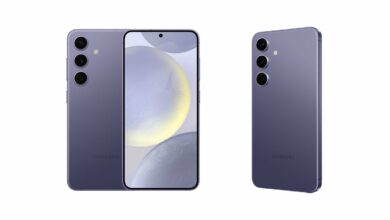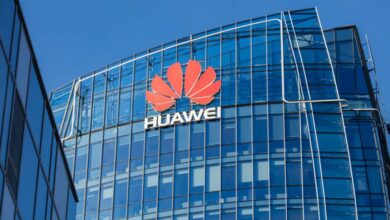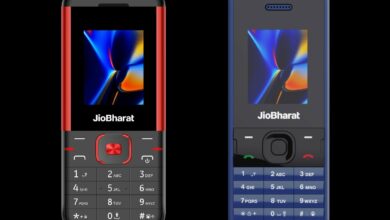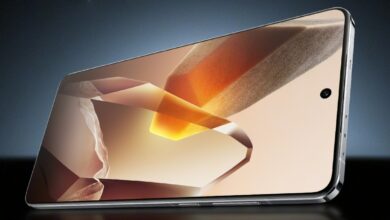Apple wants to test the blood sugar app as a sign of its health ambitions
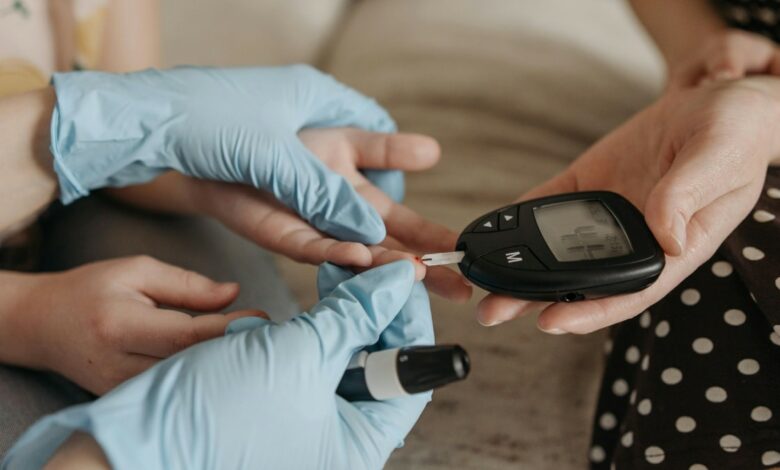
Apple Inc., looking to make further advances in healthcare, this year tested an app to help people with prediabetes manage their food intake and make lifestyle changes, people with knowledge of the matter said. The company tested the service on select employees earlier this year as part of its broader study of blood sugar signatures, according to the people, who asked not to be identified because the work is classified. While Apple has no plans to release the app, the company could eventually integrate the technology into future health products, including a non-invasive glucose tracker it has been developing for more than a decade.
The employees involved in the test had to validate that they were prediabetic with a blood test. That means they don’t currently have diabetes, but may be at risk of developing the Type 2 version of the disease. As part of the test, they actively monitored their blood sugar levels through various devices available on the market, and then recorded the changes in glucose levels in response to food intake.
The idea behind the system is to show consumers how certain foods can affect blood sugar levels – in the hope of inspiring changes that can ward off diabetes. For example, if users logged that they were eating pasta for lunch and their blood sugar levels spiked, they could be told to stop eating the pasta or switch to protein.
The study aimed to explore the potential uses of blood sugar data and what tools the company could potentially create for consumers. For now, however, the app testing has been paused so Apple can focus on other health features. A company spokesperson declined to comment.
Manufacturers of devices that treat conditions related to diabetes fell after the report was published Friday, though they quickly recovered. Insulet Corp., which makes insulin pumps, fell as much as 4.7%. Glucose meter manufacturer Dexcom Inc. fell as much as 5.3% before bouncing back, and Tandem Diabetes Care Inc. fell by as much as 3.4%. Apple, meanwhile, rose about 1% to $232.45.
The work indicates that glucose tracking and food logging could be two major areas of expansion for Apple in the future. The company’s current health app lacks meal logging features, a contrast to rival services. The research could also lead Apple to more deeply integrate third-party glucose tracking into its offering.
The research wasn’t directly related to Apple’s years-long effort to build a needle-free glucose monitor, but it could ultimately help inform how the company goes about that project. The non-invasive checker is one of Apple’s most ambitious health initiatives. The idea is to analyze a person’s blood without pricking the skin – a potentially groundbreaking advance in the fight against diabetes.
Apple often uses employee surveys to prepare health features for public launches. It took a similar approach with its hearing aid and sleep apnea detection features for AirPods and the Apple Watch. The Cupertino, California-based company has multiple labs on its campus for health marker testing.
The glucose studies were highly secretive (even compared to Apple’s previous projects) and employees required specific checks from managers before participating in the program. Participation also required various medical agreements and non-disclosure agreements.
Today, glucose testing systems typically require a blood sample, often via a finger prick. There are also small, shoulder-worn patches from Abbott Laboratories and Dexcom that are less cumbersome, although they still require insertion into the skin.
About fifteen years ago, Apple wanted to create something less drastic. The project – called E5 – was so under the radar at first that Apple formed a subsidiary called Avolonte Health LLC to operate it. That unit was eventually moved to Apple’s hardware technology group and is now led by a deputy to the head of the company’s silicon chip division.
Last year, Bloomberg News reported that Apple had made progress on the project and believed it was finally on track to eventually commercialize the technology. But a real product is still years away. Before the company can shrink the sensor enough to fit into a smartwatch, it is working on an iPhone-sized prototype. And even at that size, Apple has run into challenges with miniaturization and overheating.
The system uses lasers to shoot light into the skin and determine how much glucose is in the blood. While Apple hopes to eventually be able to provide specific blood sugar measurements, the first version will likely be designed to only notify users if they may be prediabetic.
Apple is following a similar strategy with new sleep apnea notifications, which can tell smartwatch wearers if they might have the condition. An upcoming high blood pressure detection feature will work in much the same way.
© 2024 BloombergLP
(This story has not been edited by NDTV staff and is auto-generated from a syndicated feed.)

